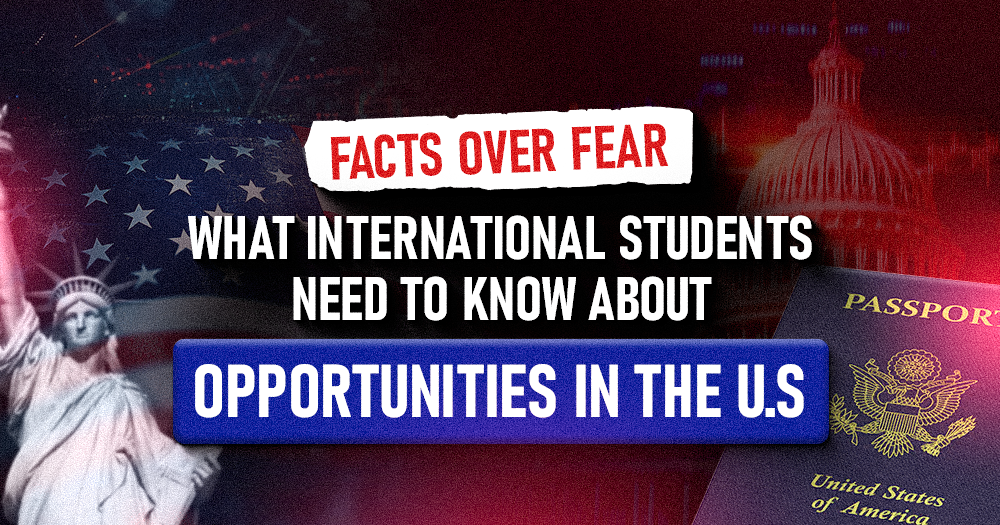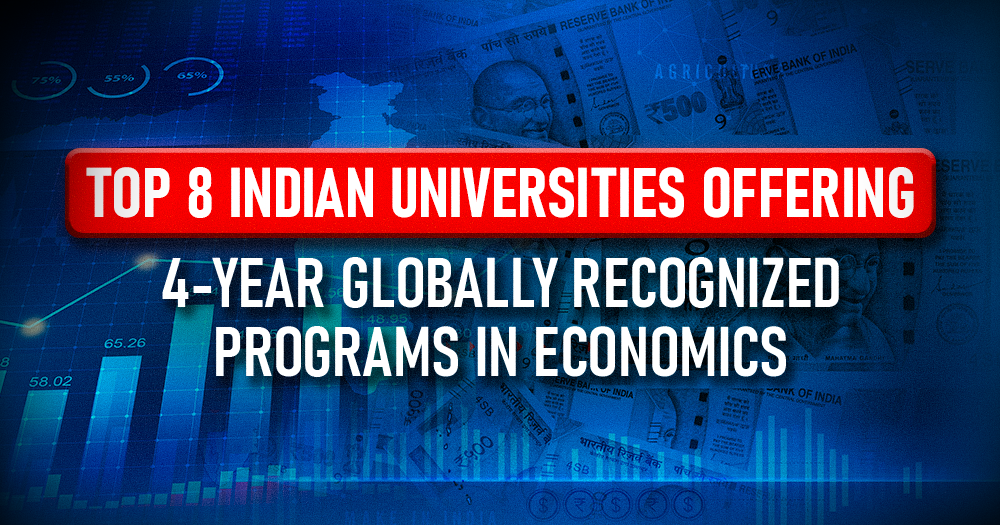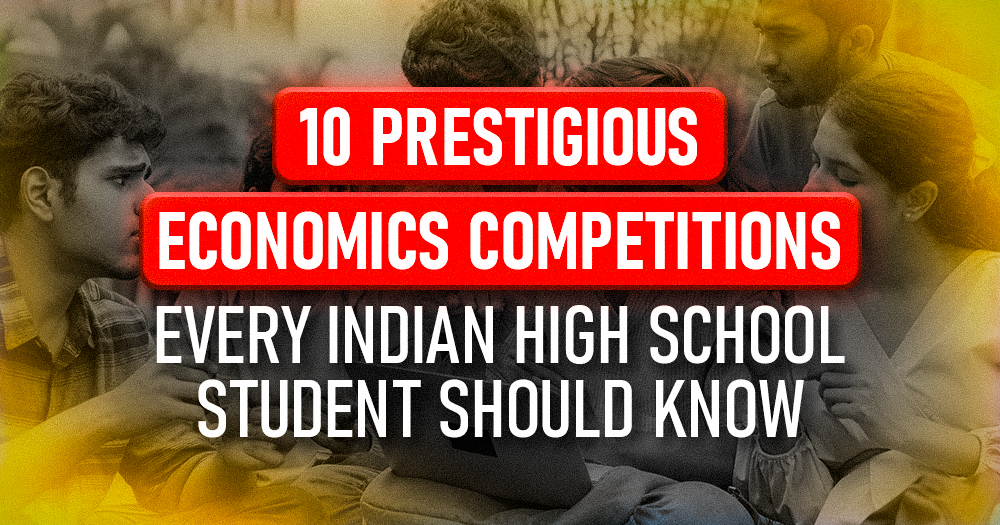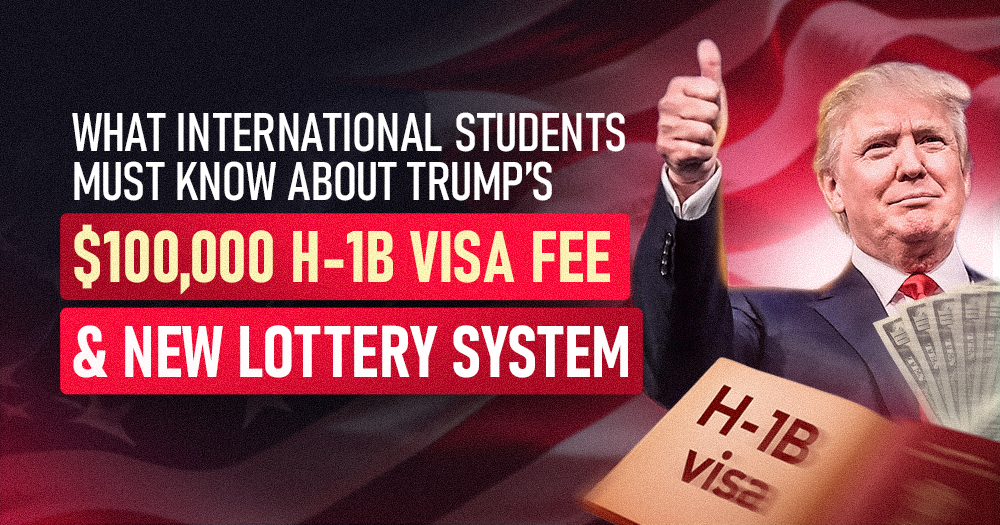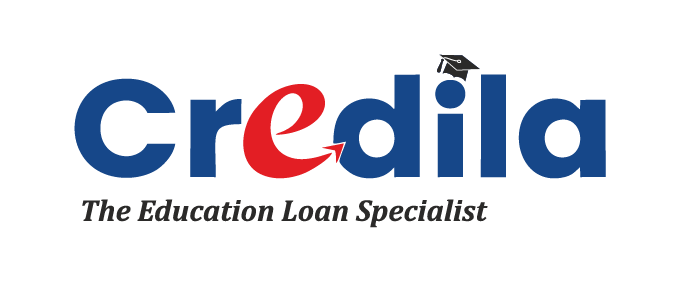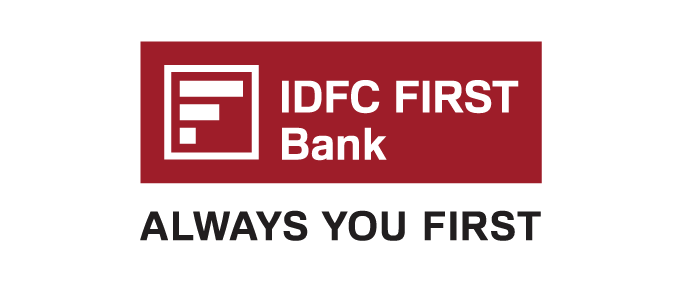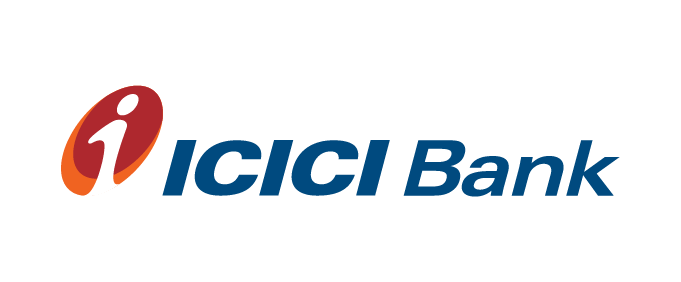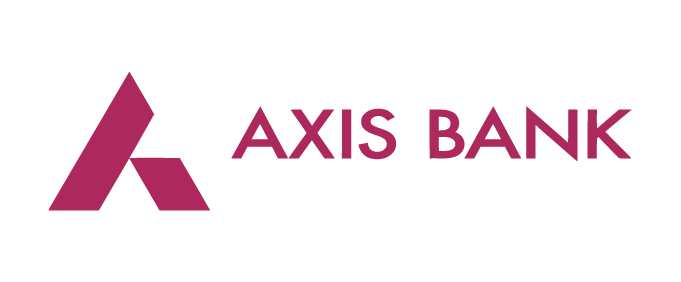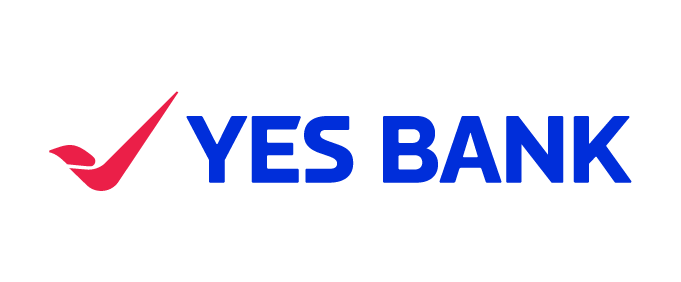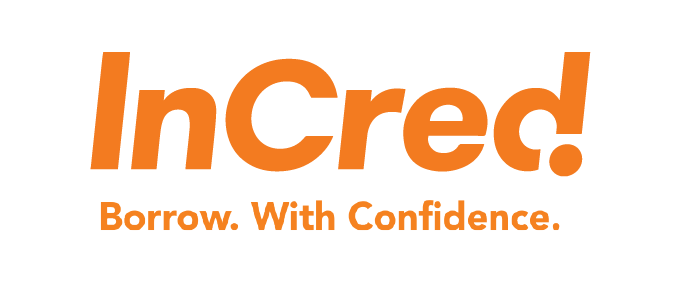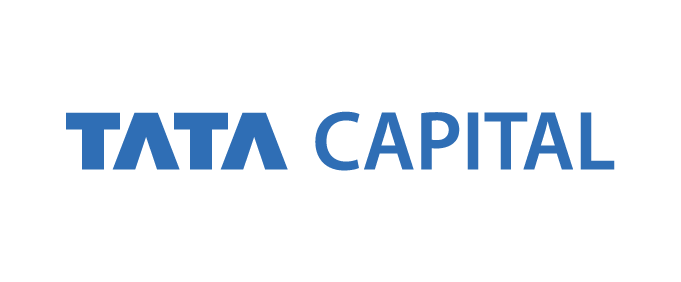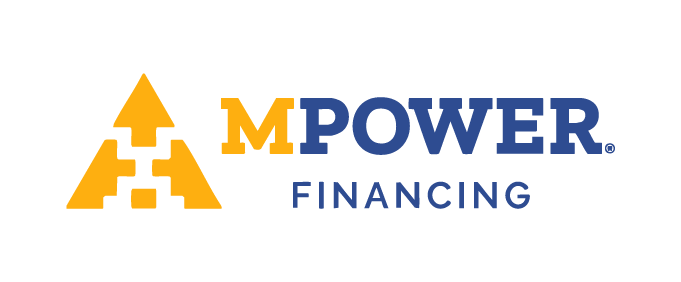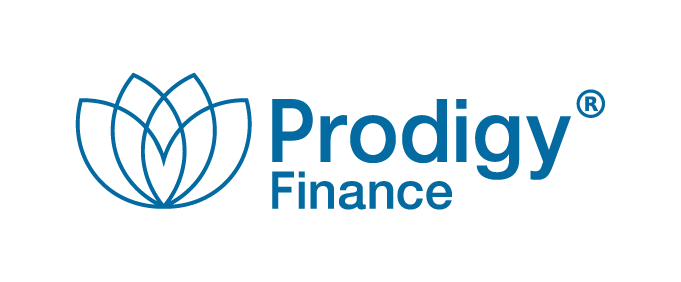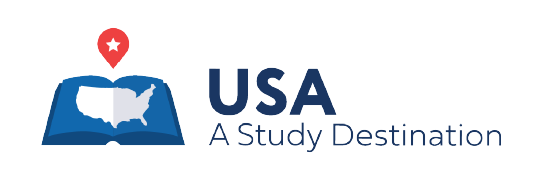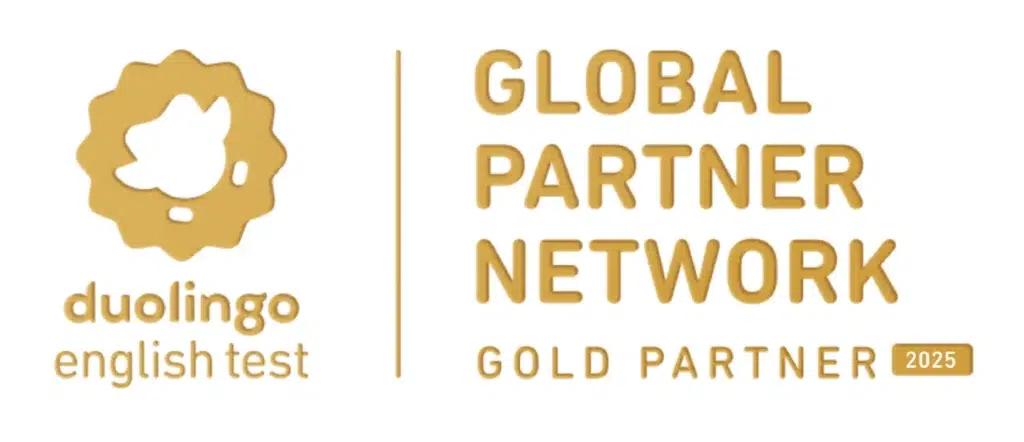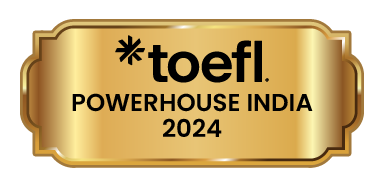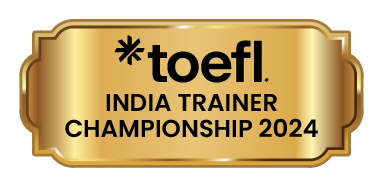Recent headlines about student visa revocations and SEVIS cancellations have understandably raised concerns among international students. While these situations are real, the headlines often miss the full picture. Let’s separate fact from fiction and explore how for international students who plan wisely and act strategically, the path to success in the United States not only remains open but full of opportunities.
Understanding Who Was Actually Impacted – and Why
Despite alarming headlines, most international students in the U.S. continue their education without interruption.
The recent enforcement actions primarily affected a specific subset of students who:
- Worked off-campus without proper authorization: F-1 visa holders are restricted to on-campus employment unless they have approval for Curricular Practical Training (CPT) or Optional Practical Training (OPT). Violating this rule leads to immediate consequences, including SEVIS termination.
- Overstayed their OPT unemployment limit: OPT allows students to work after graduation, but they must secure employment within 90 days or risk losing their status. Many students overstay their unemployment limit either by failing to report employment or struggling to find jobs within this timeframe, leading to visa violations.
- Used questionable consultants to fabricate employment records: Some students, in an attempt to maintain their visa status, go as far as paying consultants to create fake job offers or falsify employment verification documents.
For the vast majority of international students who follow immigration regulations, their status remains secure.
Here are some actionable strategies to maintain compliance:
- Limit work to authorized options: Stick to on-campus jobs or CPT-approved internships during your studies.
- Explore unpaid research or teaching assistantships: Collaborating with faculty can enhance your resume while keeping you compliant with visa rules.
- Avoid dubious consultants: If an offer seems too good to be true, it likely is – seek guidance from your university’s designated school official (DSO).
- Understand and follow visa regulations: Familiarize yourself with the rules governing your specific visa type and stay updated on any changes in immigration policy.
The Reality of OPT and H1B Programs
OPT Program Stability
Despite repeated efforts to restrict or eliminate OPT, the program continues to serve as a vital bridge for international graduates to gain valuable work experience in the U.S. Since 2017, multiple attempts to scale back OPT have failed, recognizing its critical role in supplying talent to academia and high-demand industries such as technology, healthcare, and engineering. Importantly, the 24-month STEM OPT extension remains intact, offering graduates in science, technology, engineering, and mathematics fields extended opportunities to build their professional careers in the U.S.
H1B Visa Pathways
The H1B visa program remains competitive but continues to offer pathways for international talent:
- Lottery system refinements: Recent changes tie applications to passport numbers, reducing manipulation by consultancies that previously submitted duplicate entries for candidates.
- Employer interest: American companies actively recruit international graduates, especially in STEM fields where demand for skilled workers outpaces domestic supply.
- Extended opportunities for STEM graduates: The STEM OPT extension allows students two additional years of work authorization before applying for an H1B visa—an advantage that has helped many secure long-term careers in the U.S.
While navigating these programs can be challenging due to high demand and limited quotas, strategic planning and leveraging available resources can significantly improve your chances of success.
Economic Cycles and Timing Your Education
While economic concerns are understandable, they should be seen in the broader context of market cycles. History reveals a reassuring pattern: downturns are often followed by periods of growth and opportunity.
2016: Post-election uncertainty under Trump administration
The political climate after the 2016 presidential election sparked widespread concern among international students about possible immigration restrictions. However, despite these fears, key programs like OPT largely remained unaffected during this period.
2017–2019: Market expansion created abundant opportunities
The U.S. economy experienced significant growth during these years, resulting in increased job opportunities across sectors such as technology, healthcare, and finance. International graduates benefited from this expansion as employers sought skilled professionals.
2020: Pandemic-induced contraction
The COVID-19 pandemic triggered a global economic downturn, disrupting hiring trends across industries. As a result, many international students struggled to secure employment amid widespread layoffs and a sharp decline in hiring activity.
2021–2022: Strong recovery with robust job growth
In the aftermath of the pandemic-induced recession, the U.S. economy staged a robust recovery, marked by record job growth in sectors such as technology and logistics. International students graduating during this period benefited from a surge in hiring as companies ramped up recruitment efforts.
2023–2024: Current economic slowdown
The ongoing economic downturn has led to concerns about reduced job opportunities for graduates entering the workforce now. However, historical patterns suggest that beginning your education during an economic downturn often means graduating into a recovery period when job markets are more favourable.
This cyclical pattern underscores a crucial insight for prospective students: strategically timing your education can position you advantageously for periods of economic recovery, when the demand for skilled professionals surges once again.
Digital Presence and Visa Applications
An increasingly important aspect of the visa process is your digital footprint. The DS-160 form now requests information about your social media profiles, making your online presence part of the vetting process.
Navigating Social Media Scrutiny
Consular officers review applicants’ social media activity for potential security risks or inconsistencies with their stated intentions for visiting the U.S. For example, posts that express strong political opinions or controversial views may raise red flags during the application process.
Best Practices for Maintaining a Professional Online Presence
- Clean up old posts: Review your historical social media activity and delete anything that could be misinterpreted or deemed inappropriate.
- Avoid divisive content: Refrain from posting strong political or religious views that could be seen as controversial.
- Adjust privacy settings: Limit public visibility of personal posts while maintaining professional profiles on platforms like LinkedIn.
- Be mindful about new posts: Ensure that your current activity aligns with your stated goals as a student or professional.
Your digital identity is increasingly viewed as an extension of your visa application—take proactive steps to ensure it reflects positively on you.
Why the U.S. Remains a Valuable Destination
Despite challenges, the United States continues to offer unparalleled opportunities for international students:
Advantages of Studying in the U.S.:
- World-class education: The U.S. is home to many top-ranked universities across diverse fields such as engineering (MIT), business (Harvard), and medicine (Johns Hopkins).
- Networking possibilities: Students have access to industry leaders through internships, conferences, and alumni networks—opportunities that can significantly boost career prospects.
- Innovative research ecosystems: Leading institutions like Stanford and UC Berkeley foster groundbreaking research in areas like artificial intelligence and biotechnology.
- Career-transforming experiences: Graduates often secure roles at global companies like Google, Amazon, and Microsoft due to their exposure to cutting-edge technologies.
For students who thrive in this environment, success often stems from adhering strictly to visa regulations while actively building skills through campus experiences and internships.
Making a Calculated Decision
The decision to pursue international education should be based on facts rather than fear. While headlines focus on exceptions, countless international students continue building successful careers through U.S. education.
Key Steps for Strategic Planning:
- Research thoroughly: Understand visa requirements and stay updated on policy changes.
- Develop a financial plan: Account for tuition costs as well as living expenses in case unforeseen circumstances arise.
- Build reliable networks: Connect with alumni groups or professional organizations for guidance on navigating challenges.
- Remain flexible: Adapt plans based on evolving policies or market conditions.
For students who approach their U.S. education journey with diligence and adaptability, the opportunities remain significant. By engaging in strategic planning, staying compliant with regulations, and leveraging resources such as STEM extensions and professional networks, international students can still achieve transformative academic and career outcomes — even amid challenges posed by evolving immigration policies and economic uncertainties. For international students success in the U.S. isn’t a matter of chance — it’s a matter of choice!

